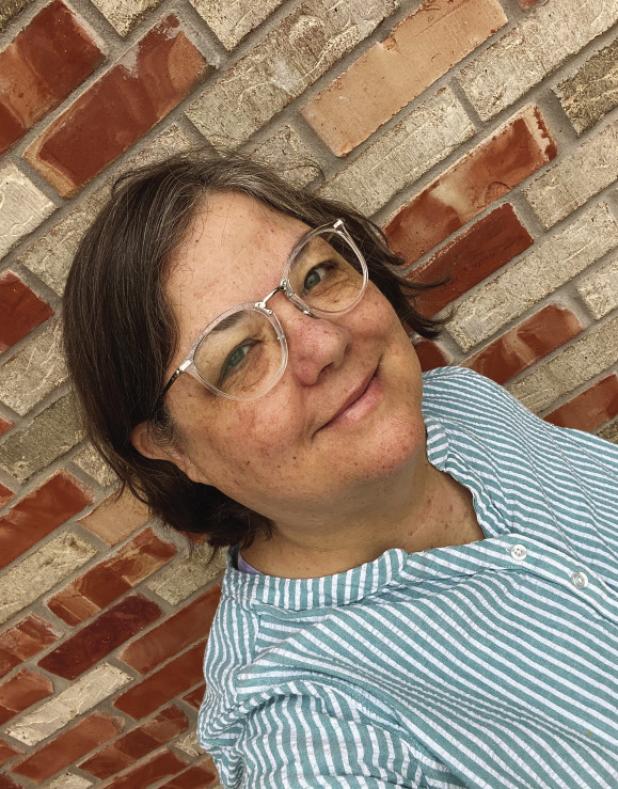
Let’s talk about sexual harassment
Let’s talk about sexual harassment
Tempting as it might be to start with talking about the Salt N Pepa song, probably best to skip past that and go directly to discussing recent sexual harassment allegations that have been in the news. I mean, it’s a thing: we live in a society where sex is everywhere, permeating media, all the messages coming at us, until we don’t even notice. We come to expect that sex will be used in advertising to sell and get our attention.
That said, it’s still important to create work environments where everyone feels welcomed and respected so all can do their best. Work can be stressful enough without adding harassment to the mix.
I’ve heard it said that “we just kid around that way,” this is “normal,” part of how we interact and everyone knows nothing is meant by it.
While there may be organizations where this is true, it’s important to consider what would happen if someone new were to the join the staff, would everyone be able to stop this type of kidding around, to still have fun but to leave out potentially sexually harassing comments?
As in, best to shift gears now, make changes to create the type of work settings where everyone would be comfortable so you don’t have to worry about any future needed changes. Because it’s important for folks to be able to be their best at work—which can be hard to do when navigating either explicit or implicit sexual comments, about relationships or how people interact.
Publics spaces—businesses, organizations and their after-work events like trainings and other social gatherings—are different from spending time with friends and family, generally. These can seem the same when we work with family and close friends; the difference is, sometimes we may be providing a service for, or working with, people we don’t know as well, whether they’re driving through town or making a weekly meeting. And what about new folks who move here—we want them to feel welcome and have an easy time settling into new jobs.
While we all may have an idea of the sorts of language and actions considered sexual harassment, a lot of what defines it is how words and actions impact someone, usually at work but also at after-work events like trainings or social gatherings.
What might be surprising is that everyone is included when considering if someone has been harassed, not just the person targeted or those directly involved in the conversation. Anyone witnessing the comment or contact can also report sexual harassment if they’re uncomfortable from what they’ve seen and heard.
Sometimes I wonder what people think happens if there’s an accusation of sexual harassment. If an investigation determines that there’s been harassment, then further training may be recommended.
While corrective action is never “fun,” it’s typically not a terrible experience. Mostly just training about how to avoid having the same problem again. Occasionally there might be a corrective action plan, but even then, it’s just about creating a respectful work environment with the underlying goal of everyone keeping their job.
Bottom line: there’s nothing to fear. When organizations create harassment-free spaces, workers are more productive and everyone wins.
All feedback welcome! Please feel free to email YourBestHereOlney@gmail. com. All feedback will remain confidential (unless limited by law). Mona Bernhardt, LCSW-S, grew up in Olney, is running for City Council and would like to team up with you to support Olney thriving!
